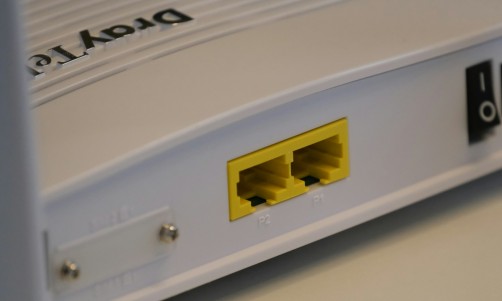Researchers now have the finest picture yet of hundreds of odd magnetic filaments seen nowhere else thanks to an unprecedentedly precise new telescopic image of our galaxy's complicated center.
Astronomers used 200 hours of time on the MeerKAT telescope at the South African Radio Astronomy Observatory (SARAO) to create the image.
MeerKAT is the world's most sensitive radio telescope, with 64 antennas stretched over a circumference of 5 miles (8 kilometers).
The dust that obscures the vision of this location at other wavelengths of light is penetrated by radio waves.
The researchers combined 20 different radio scans covering an area of the sky 30 times the size of the full moon into a 100-megapixel mosaic with remarkable clarity and depth, displaying the Milky Way galaxy's center, which is around 25,000 light-years away, as stated by Space.com.
1,000 Strands Filament
As reported by Earth Sky Organization, more information regarding these strange strands was published by Northwestern University.
They were discovered in the 1980s by an astronomer there. However, the new image reveals that the strands have a massive population, ten times greater than previously imagined.
Some of them are up to 150 light-years long.
In addition, the new SARAO MeerKAT Telescope image depicts them as well-organized. They appear in clusters and pairs, crisscrossing and curling at times, with some evenly spaced out "like strings on a harp."
Supernovae were ruled out as the source of the odd filaments, which are magnetic in nature, by the researchers.
They believe these magnetic filaments are linked to the 4-million-solar-mass black hole at the center of our galaxy.
They could also be linked to the massive, radio-wave-emitting bubbles observed at Northwestern in September of this year.
Read Also: ESA Astronaut Captures Stunning Images of Earth From the ISS; How to Track The ISS
Analyzing The 1,000 Filaments Strand
While there are still many questions about the filaments, Yusef-Zadeh has been able to piece together more of the puzzle.
In their most recent paper, he and his colleagues focused on the magnetic fields of filaments and the role of cosmic rays in illuminating the magnetic fields.
The filaments' change in radiation is substantially different from that of the newly discovered supernova remnant, implying that the two events are unrelated.
The filaments are more likely to be linked to historical activity of the Milky Way's center supermassive black hole than to coordinated supernovae bursts, according to the astronomers.
The filaments could potentially be linked to the massive, radio-emitting bubbles observed by Yusef-Zadeh and colleagues in 2019.
According to SciTechDaily, each filament is now being identified and cataloged by Yusef-Zadeh and his team.
In a future investigation, the angle, curve, magnetic field, spectrum, and intensity of each filament will be disclosed.
Understanding these qualities will provide more information to the astrophysics community about the filaments' mysterious nature.
The MeerKAT telescope, which was launched in July 2018, is always uncovering fresh mysteries.
Yusef-Zadeh stated that the research in the Milky Way has come a long way towards complete understanding.
However, science is a sequence of incremental advances at several levels.
He added that researchers are hoping to figure it out, although more data will be needed together with theoretical analysis since it takes time to fully comprehend complicated objects.
Related Article: Jeff Bezos' Blue Origin To Acquire Pioneer Rover Hardware Company Honeybee: How This Could Help Them















